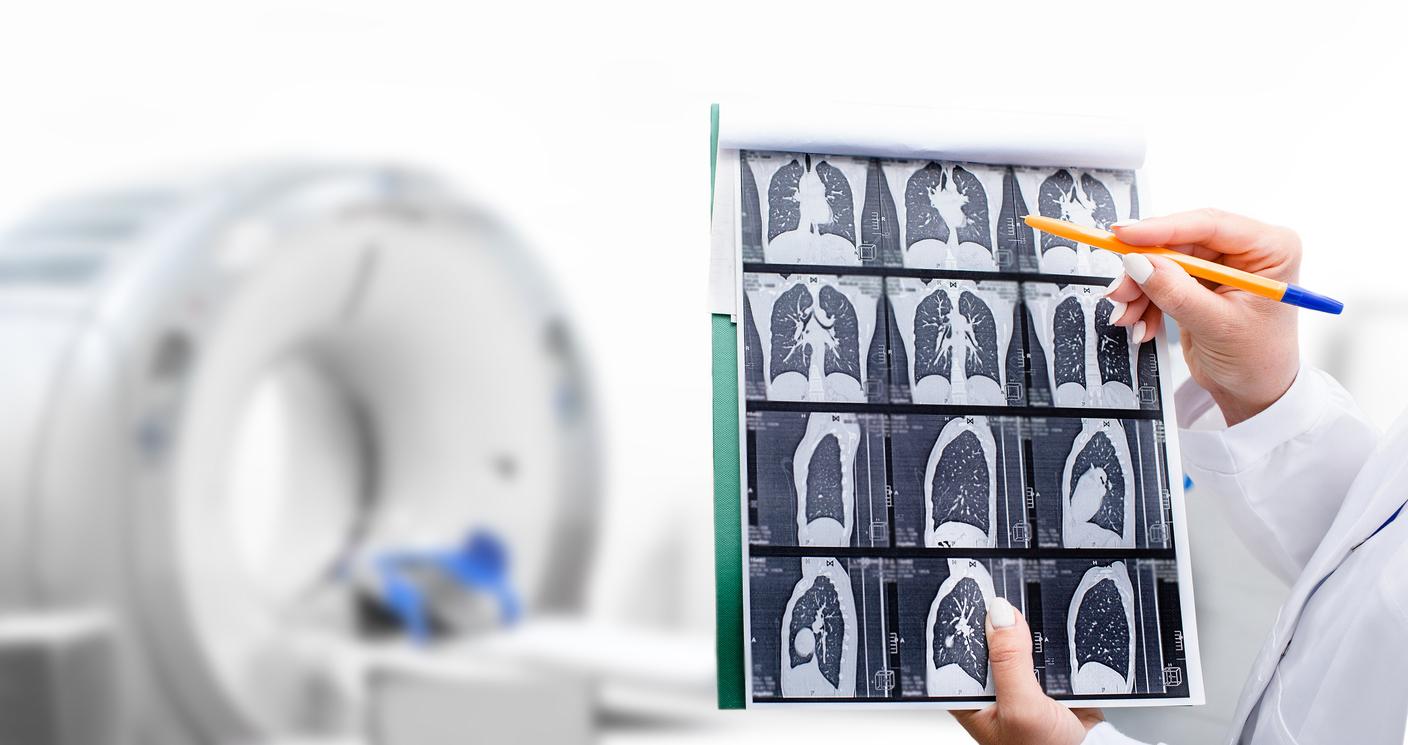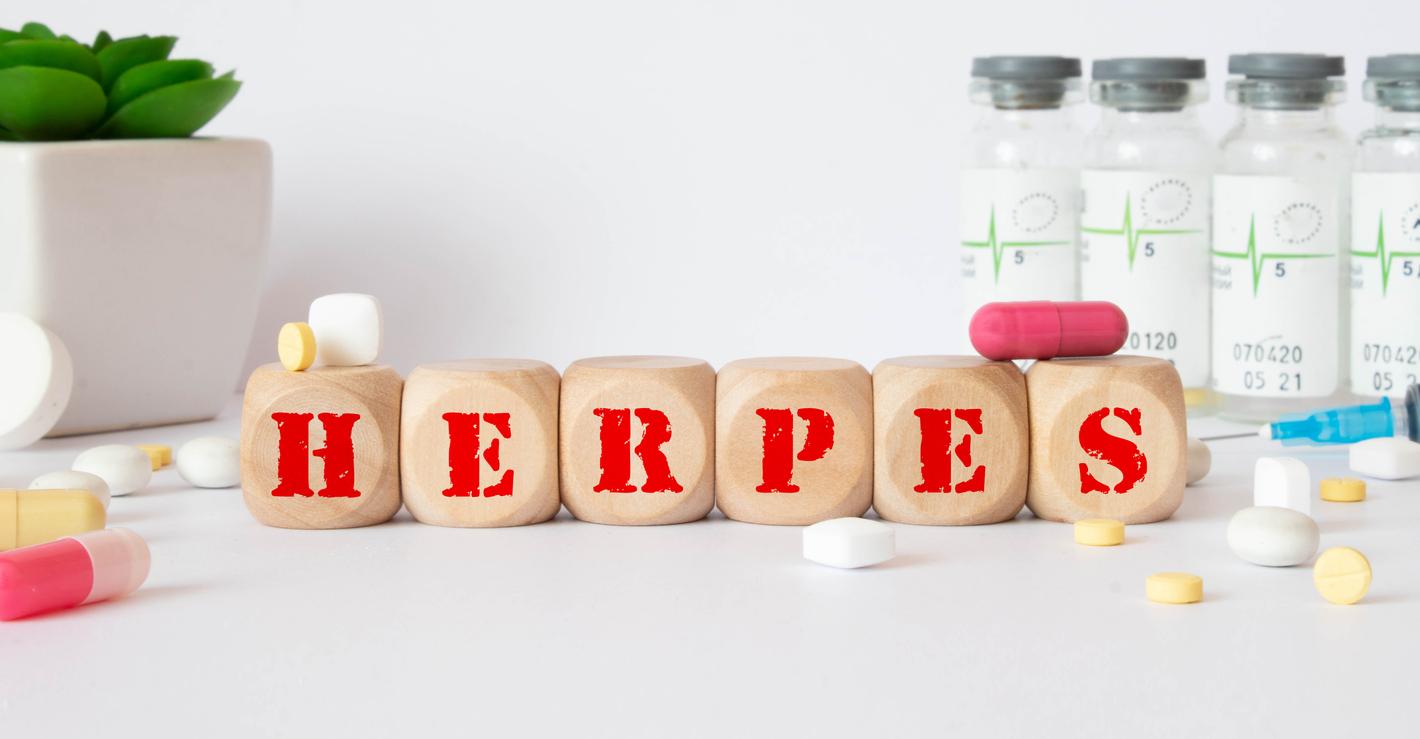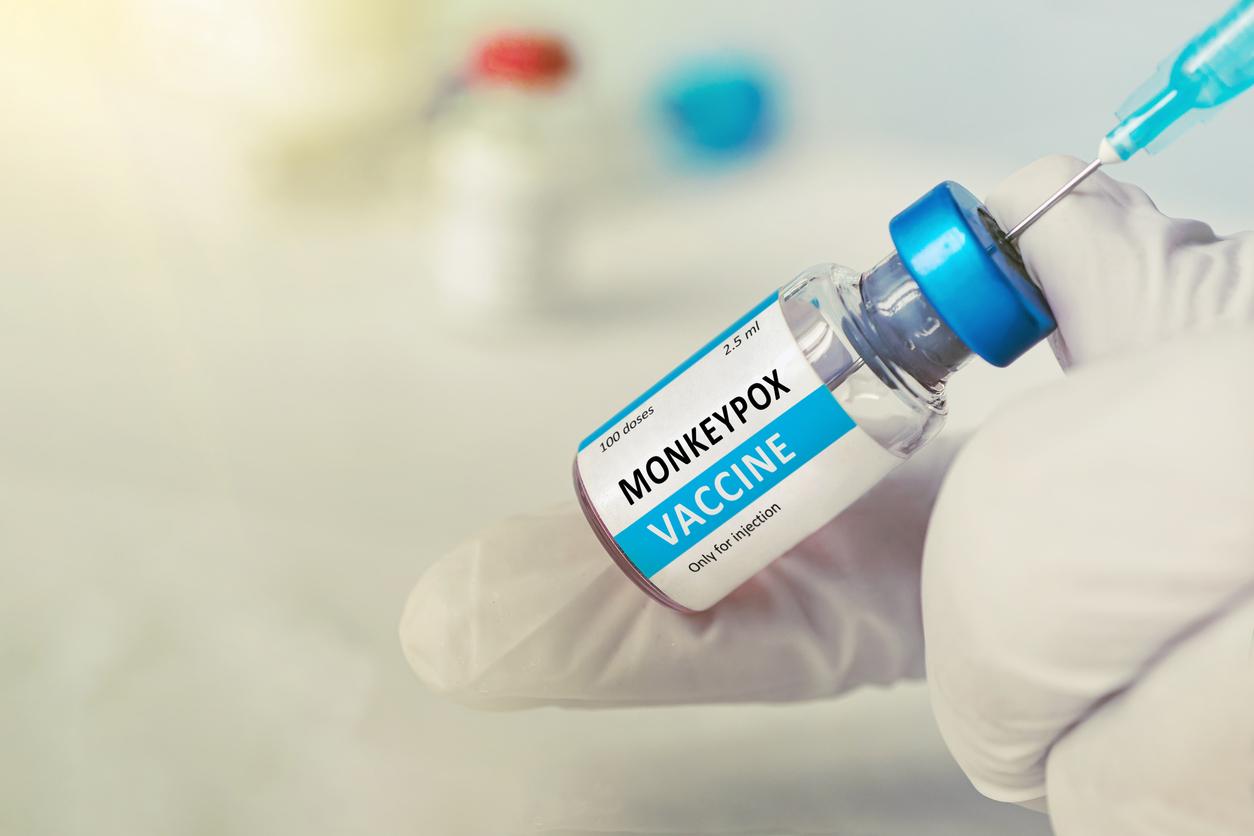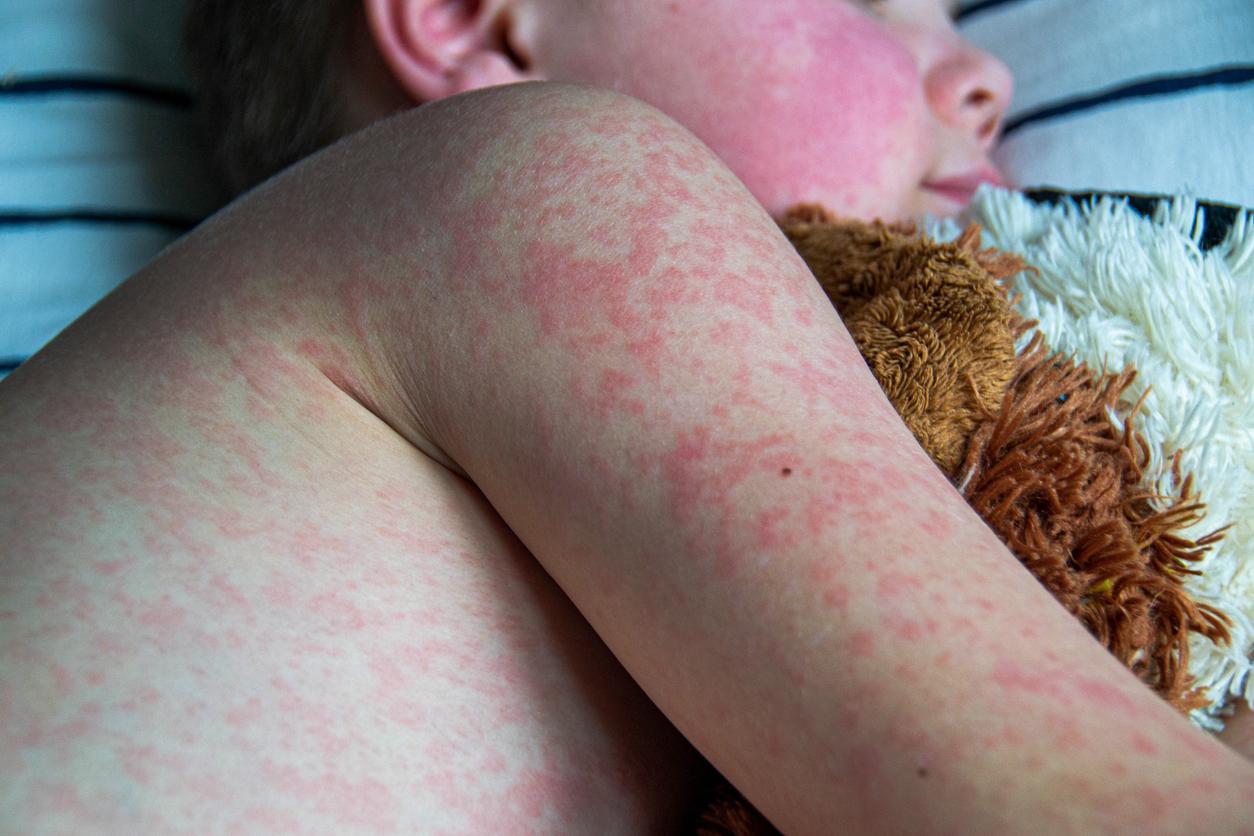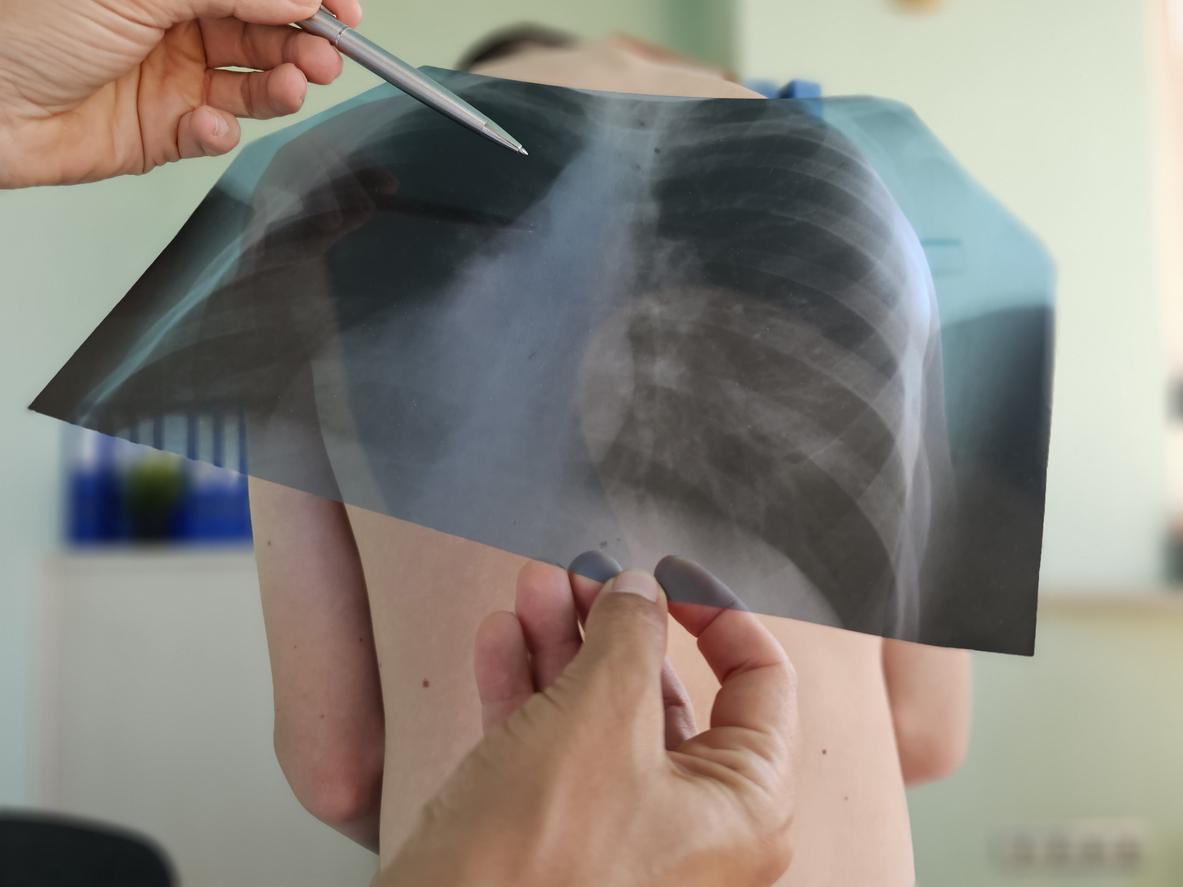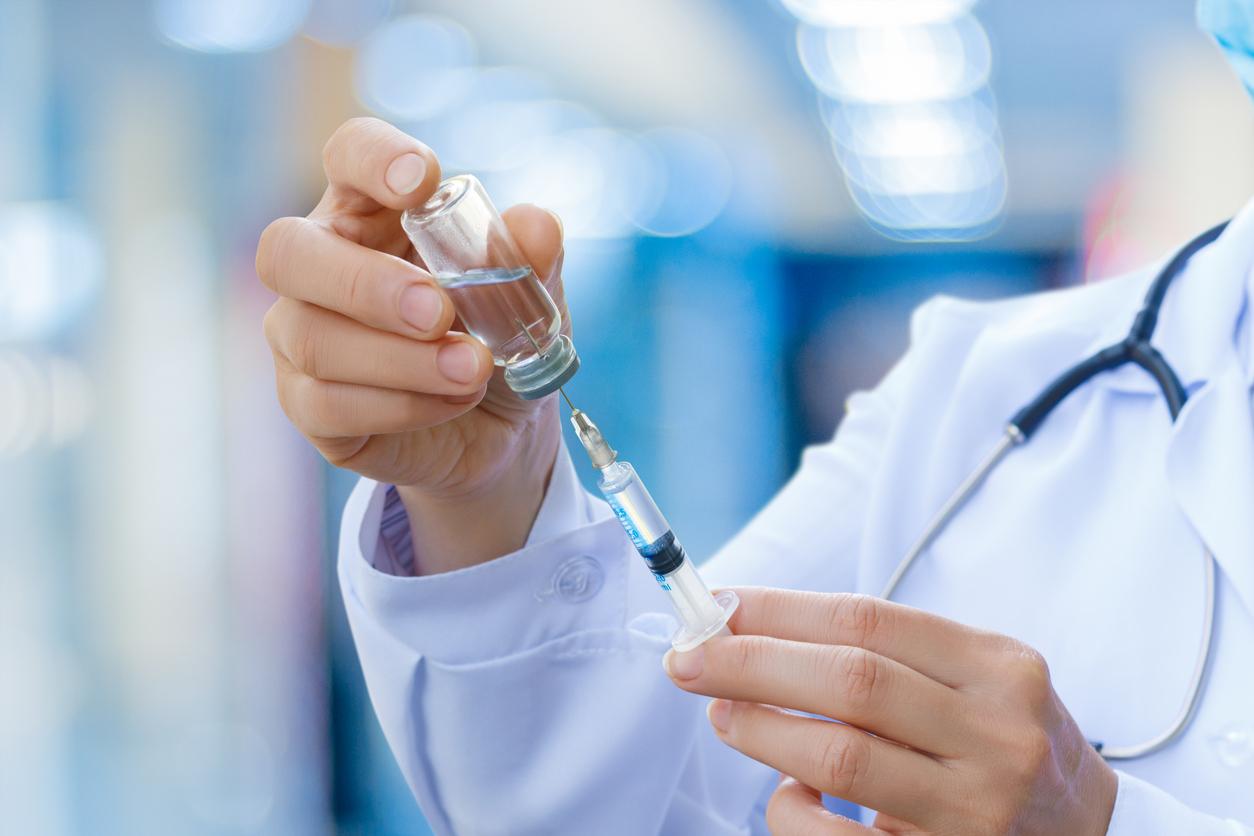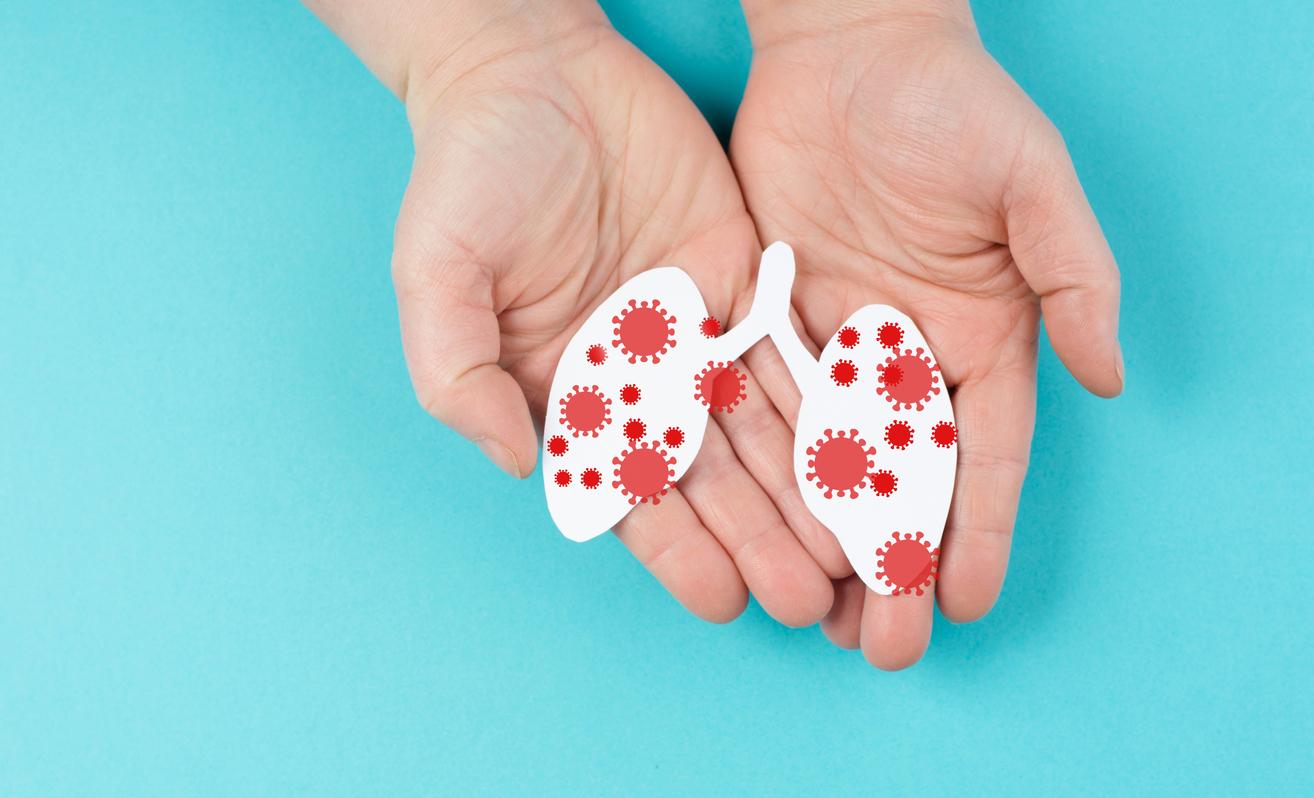To end the tuberculosis epidemic, WHO recommends the use of a shorter and cheaper treatment regimen.

The World Health Organization (WHO) wants to speed up the detection of people with tuberculosis and improve their recovery. To achieve this, she recommends using the new rapid diagnostic test and a shorter and cheaper treatment strategy.
In 2014, nearly 10 million people developed tuberculosis worldwide, including one million children. With 1.5 million deaths, this infectious disease is one of the deadliest, just behind AIDS.
These dizzying figures, however, hide a more optimized reality. Over the past two decades, the tuberculosis epidemic has been brought under control, and nearly 43 million lives have been saved thanks to new treatments and diagnostics.
Today, the challenge is to combat the emergence of multidrug-resistant tuberculosis observed in all countries of the world. This form is caused by a bacillus resistant to the 2 most effective standard anti-tuberculosis drugs. According to available data, 480,000 patients suffer from multidrug-resistant tuberculosis, and 190,000 die from it.
Identify multidrug-resistant strains
“With conventional treatment regimens that last 18 to 24 months, we get low cure rates – only 50% globally,” says the UN agency. This is largely due to the fact that patients find it very difficult to continue taking second-line medicines for a long time, which can be quite toxic. They therefore often interrupt their treatment or are lost to follow-up by the health services. “
Treatment failures that could be avoided with the new diagnostic test called MTBDRsl. Capable of giving results in 24 or 48 hours, compared to at least 3 months for current tests, this method makes it possible to identify multiresistant strains, and therefore suitable treatments.

A treatment twice as short
In addition, it helps determine which patients may benefit from a shorter treatment regimen. At less than $ 1,000 per patient, this new strategy lasts between 9 and 12 months. “We hope that faster diagnosis and shorter treatment will speed up the global response to multidrug-resistant tuberculosis that we all expect,” said Dr Karin Weyer, WHO coordinator in the Global Tuberculosis Program. “The savings we anticipate with the implementation of this treatment regimen could be reinvested in MDR tuberculosis services so that we can test more patients and put them on treatment. “
These recommendations should help achieve the goal set by the WHO: to end the tuberculosis epidemic by 2030.
.








